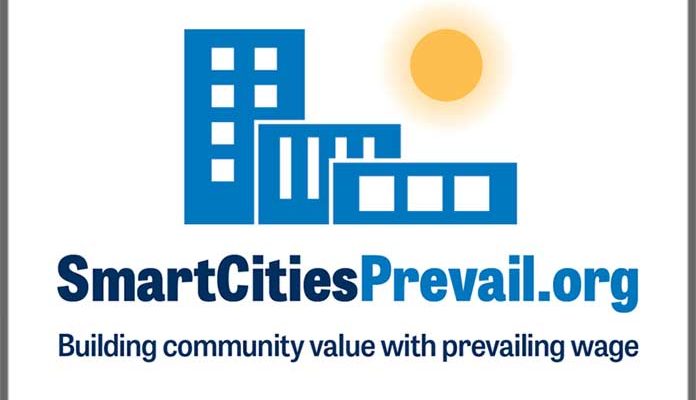I’ve come to my support of labor, unions and prevailing wages in several ways.
Theresa Kohlhoff
Thursday, August 29, 2019
Labor Day signals the end of summer, kids going back to school, my birthday, late season harvests and barbecues. This Labor Day, given the PERS vote in the legislature and the LO council goal to advocate against our state prevailing wage law, as the sole dissenter on the council to this “goal,” I wanted to also make some observations about the significance of the holiday itself.
Oregon’s prevailing wage law, “Little” Davis-Bacon Act, is modeled after the federal law. The statutory purposes are progressive: “To ensure that contractors compete on the ability to perform work competently and efficiently while maintaining community-established compensation standards; to recognize that local participation in publicly financed construction and family wage income and benefits are essential to the protection of community standards; to encourage training and education of workers to industry skills standards and to encourage employers to use funds allocated for employee fringe benefits for the actual purchase of those benefits.”
If a public works project – e.g. schools, roads, pipelines and other public facilities – is going to cost over $50,000, LO must pay prevailing wages. These wages are generally, but not precisely, the rate that union workers get paid in a particular geographical area and are set by the Bureau of Labor and Industries. So for example, the prevailing rates for a public contract in the Portland metropolitan area will generally be higher than, say, in Eastern Oregon.
On the other far end, non-union, non-prevailing wage construction workers may be paid at a cheaper rate, and with or without benefits. Touted as choice and freedom for the worker, it is touted as fiscal responsibility: Paying the differential between the two rates – prevailing and non-prevailing – is denounced as a waste of tax payer money.
I disagree.
If one only focuses on the cost of prevailing wage labor in public contracting versus cheaper non-prevailing wage labor, the economic analysis completely overlooks equal or greater cost savings and the major benefits derived from prevailing wage – to the public entity, to the worker and to the community. Note: I am not advocating for public projects that are beyond our means, or for disregarding prudent budgeting. Raw cost to taxpayers obviously matters. It’s just that true costs have to include far more economic and community factors than just the one criteria: cheapest contract bid. One only has to look at the dismal prospects of our youth as the dark cloud of income inequality and the gig economy reveals who is benefitted by the squeeze and who is gasping from being squeezed.
I’ve come to my support of labor, unions and prevailing wages in several ways. For one, I’ve had practical experience as a lawyer representing a private contractor doing major projects in five states.
He preferred to use union labor and continues to support a strong union.
He got better ratings and therefore cheaper insurance. He was rewarded with an enhanced reputation, even in a fast moving environment, for getting jobs done well and on time. Nothing in this world is perfect but to this business owner the extra labor cost was really minimal when the issue was considered as a whole.
Research confirms and expands these observations. For example, see www.smartcitiesprevail.org/benefits-prevailing-wage/. A union construction worker earns as much as 17% more, lowering the poverty rate by 30%; worksite injuries and fatalities are reduced by as much as 18%; apprenticeships for veterans and POC are expanded by 40%; unfair competition from employers cutting corners on safety/quality is reduced; job productivity is improved by as much as 20%; up to $367 million is saved on food stamps and tax credits. Every $1 of prevailing wage produces $1.50 for the economy! Is this not the way to opportunity? Is this not the way to have confidence and NOT scare ourselves into recessions? The way to build/rebuild a vibrant, resilient, capable middle class that benefits and supports the entire community? I certainly think so.




